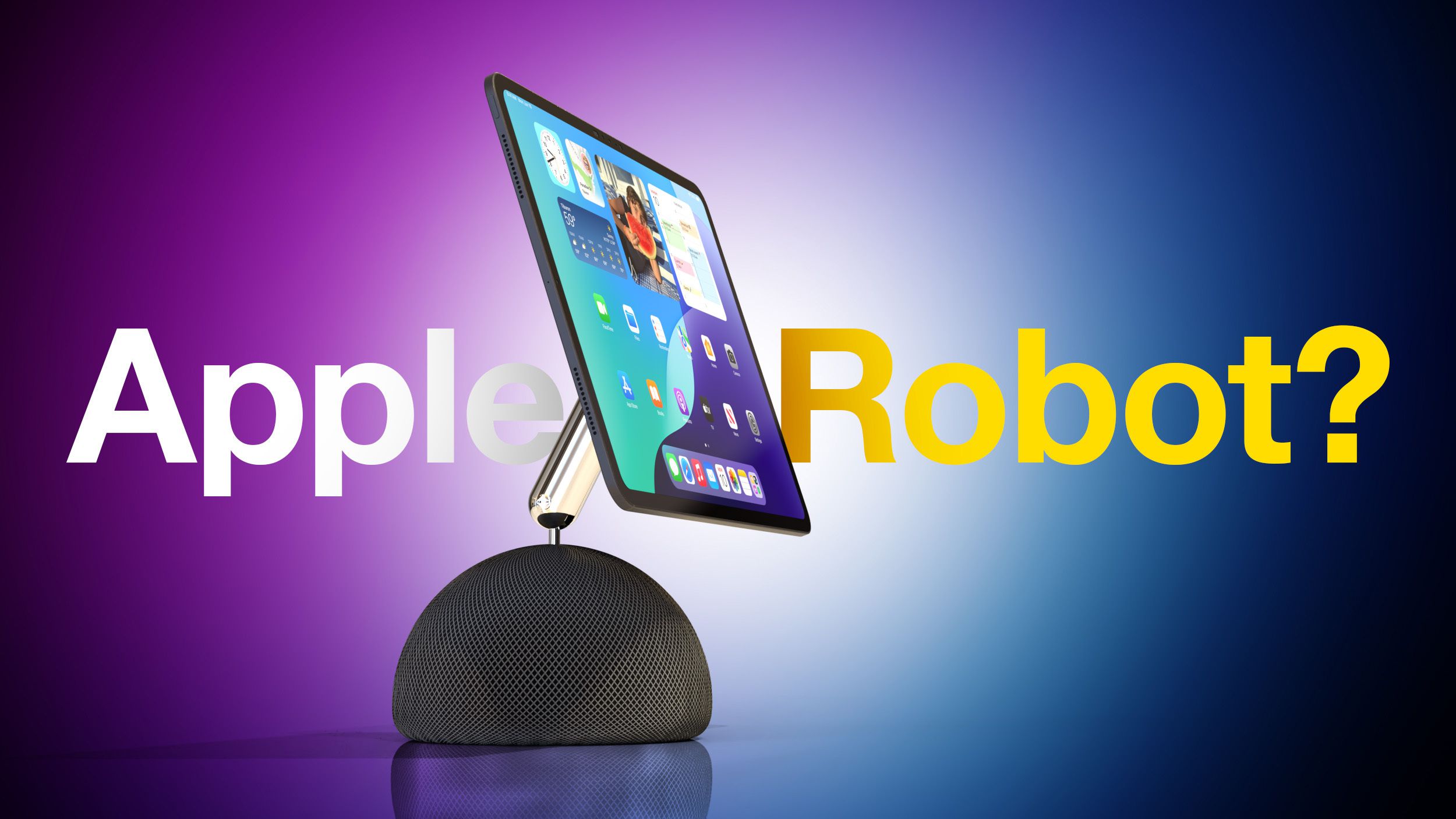At this point it is no longer any secret that Work with AI is leading to increasing energy consumption in data centers. So much, that according to the forecasts of Goldman Sachs, by 2030 it will be more than double the current one. The bank also warns that the interest in generative AI has led to a career to see who develops the best and biggest model. This, of course, will not lead precisely to a reduction in electricity consumption.
At present, according to the estimates of Goldman Sachs Research, the total energy consumed by the global data centers sector is around 55 Gigawatios. 54% of that consumption is taken by the cloud computing workloads, while conventional company functions, such as storage or email, take another 32%. IA loads are currently consuming 14% of the total energy that data centers spend.
By 2027, the entity’s predictions reflect that the energy needs of the data centers will reach the 84 gigawatts, and the AI will raise their consumption by then until reaching 27% of the total. The cloud will consume half of the total, and traditional functions 23%. If these forecasts are met, AI will have uploaded its energy consumption by 50%.
Goldman Sachs also hopes that this growing trend in the consumption of energy continues, so that by the end of 2030 the data centers will consume 122 gigawatios, also raising the percentage that the loads of AI will consume: up to 165% more than in 2023.
This will result in an increase in investment in data centers, which is already being registered. Only in 2024, AWS invested 75,000 million dollars, an amount that will be greater this year. Microsoft plans to spend 80,000 million in infrastructure to train and deploy AI in 2025, and goal will allocate about 60,000 million dollars.
Apart from what technological ones can invest in facilities and equipment for data centers, IA consumption forecasts will also have to make a notable investment to be able to meet the needs of the sector. It will need as much as 720,000 million dollars to increase its capacity and improve the supply from now to 2030. Otherwise, the technological sector faces a notable brake when expanding data centers at some points.
In fact, Goldman Sachs expects the balance between supply and demand in the data centers sector to tense in the short term, due to the estimated infrastructure occupation rate by 2026, since it will reach 95%, or even can even that I overcome it.
The situation will improve foreseeably from 2027with one Notable relaxation of occupation rates Due to the entry into the network of more server farm. Also to a brake on the growth of the consumption of workloads promoted by AI. Of course, this is an assumption based on the fact that researchers will have developed for then more efficient models in terms of energy consumption, which will relax the need to make so many infrastructure investments.












